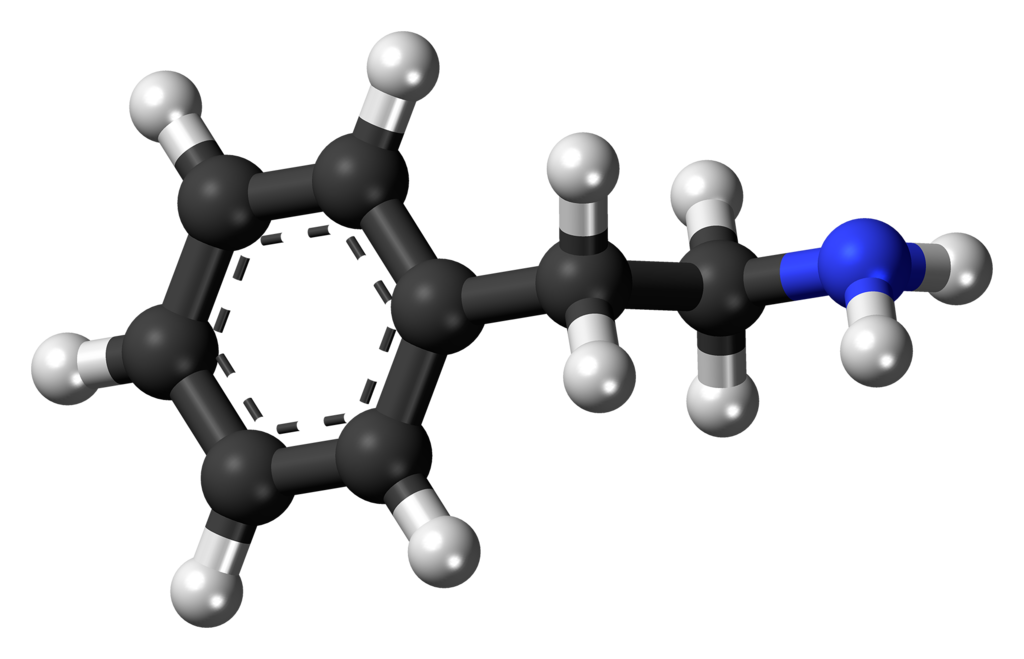The market for Substituted Phenethylamines, often referred to as designer drugs or research chemicals, has experienced significant growth in recent years. These compounds are widely available for sale online through various vendors and sellers, catering to a diverse customer base looking to buy novel psychoactive substances.
Sellers in this market often promote Substituted Phenethylamines as legal alternatives to controlled substances, exploiting legal loopholes or the slow regulatory response to emerging compounds. These designer drugs are often marketed with labels claiming them to be for research purposes only, allowing vendors to evade legal repercussions.
The online nature of this market provides easy access to these substances for individuals seeking unique or recreational experiences. However, it also raises concerns about the safety and quality of the products, as they are typically not subject to the same rigorous testing and quality control standards as pharmaceuticals.
Government agencies and health authorities are continuously monitoring and regulating these substances to curb their distribution, but the emergence of new analogs and compounds often outpaces regulatory efforts. As a result, the Substituted Phenethylamines market remains a dynamic and ever-evolving landscape, posing challenges to law enforcement, public health, and consumer safety.
Contents
- 1 Summary
- 2 Chemistry
- 3 List of substituted phenethylamines
- 4 Legal status
- 5 FAQ
- 5.1 1. What is Phenethylamine (PEA)?
- 5.2 2. What is the chemical structure of Phenethylamine?
- 5.3 3. What are the natural sources of Phenethylamine?
- 5.4 4. Is Phenethylamine a psychoactive substance?
- 5.5 5. What are the potential health effects of Phenethylamine?
- 5.6 6. Is Phenethylamine safe to consume as a supplement?
- 5.7 7. Can Phenethylamine be used as a treatment for mood disorders?
- 5.8 8. Are there legal restrictions on Phenethylamine?
- 5.9 9. Can Phenethylamine be addictive?
- 6 References
Summary
Substituted phenethylamines, also known as phenethylamines, constitute a group of organic compounds rooted in the phenethylamine structure. This class encompasses all derivative compounds of phenethylamine formed by substituting one or more hydrogen atoms in the phenethylamine’s core structure with various substituents.
Many substituted phenethylamines possess psychoactive properties and belong to diverse categories, including central nervous system stimulants like amphetamine, hallucinogens as seen in compounds listed in PiHKAL, entactogens exemplified by MDMA, appetite suppressants including phentermine, and antidepressants like bupropion and phenelzine, among others.
These psychoactive compounds frequently exert their pharmacological effects by primarily influencing monoamine neurotransmitter systems. However, it’s important to note that there is no universal mechanism of action or biological target shared by all members of this subclass.
Substituted phenethylamines encompass numerous endogenous compounds, such as hormones, monoamine neurotransmitters, and various trace amines like dopamine, norepinephrine, and tyramine. Notably, several recreational drugs, including MDMA, methamphetamine, and cathinone, also fall within this class. Substituted amphetamines and substituted methylenedioxyphenethylamines are subcategories of substituted phenethylamines.
Phenethylamines rank as the fourth largest category of substances, totaling 102, according to a report by the EU Early Warning System, trailing behind cathinones with 156 substances and cannabinoids with 209 substances.
| Identifiers | |
|---|---|
| IUPAC name | |
| CAS Number | 64-04-0 |
|---|---|
| PubChem CID | 1001 |
| IUPHAR/BPS | 2144 |
| DrugBank | DB04325 |
| ChemSpider | 13856352 |
| UNII | 327C7L2BXQ |
| KEGG | C05332 |
| ChEBI | CHEBI:18397 |
| ChEMBL | ChEMBL610 |
| NIAID ChemDB | 018561 |
| CompTox Dashboard (EPA) | DTXSID5058773 |
| ECHA InfoCard | 100.000.523 |
| Chemical and physical data | |
| Formula | C8H11N |
| Molar mass | 121.183 g·mol−1 |

Chemistry
The structural arrangement of any substituted phenethylamine entails a phenyl ring linked to an amino (NH) group through a two-carbon sidechain. Consequently, the classification of any substituted phenethylamine hinges on the replacement of hydrogen (H) atoms on the phenethylamine’s phenyl ring, sidechain, or amino group with a distinct set of bits.

List of substituted phenethylamines
his table does not include the following groups of substituted phenethylamines:
| Compound | R2 | R3 | R4 | R5 | RN | Rβ | Structure |
|---|---|---|---|---|---|---|---|
| Phenethylamine | H | H | H | H | H | H | |
| Dopamine | H | OH | OH | H | H | H | |
| Norepinephrine | H | OH | OH | H | H | OH | |
| Epinephrine | H | OH | OH | H | CH3 | OH | |
| Mescaline | H | OCH3 | OCH3 | OCH3 | H | H | |
| Escaline | H | OCH3 | OCH2CH3 | OCH3 | H | H | |
| Proscaline | H | OCH3 | OCH2CH2CH3 | OCH3 | H | H | |
| Allylescaline | H | OCH3 | OCH2CH=CH2 | OCH3 | H | H | |
| Methallylescaline | H | OCH3 | OCH2C=CH2CH3 | OCH3 | H | H |
Legal status
| Legal status | |
|---|---|
| Legal status | AU: Unscheduled CA: Unscheduled NZ: Unscheduled UK: Unscheduled US: Unscheduled UN: Unscheduled |
FAQ
1. What is Phenethylamine (PEA)?
Phenethylamine, often abbreviated as PEA, is a naturally occurring trace amine found in various foods, plants, and animals. It’s also a neurotransmitter in the human brain and belongs to the family of organic compounds known as phenethylamines.
2. What is the chemical structure of Phenethylamine?
The chemical system of PEA consists of a phenyl ring linked to an amino (NH) group by a two-carbon sidechain.
3. What are the natural sources of Phenethylamine?
PEA is naturally present in foods like chocolate, certain fruits (e.g., bananas), nuts, and some seeds. It’s also found in trace amounts in the human brain.
4. Is Phenethylamine a psychoactive substance?
In its natural form, PEA has limited psychoactive effects due to rapid degradation by enzymes in the body. However, various synthetic derivatives of PEA, such as amphetamines, can have significant psychoactive properties.
5. What are the potential health effects of Phenethylamine?
PEA is believed to play a role in mood regulation and may contribute to feelings of well-being and happiness. Some people take PEA supplements for their potential mood-enhancing effects, although scientific evidence supporting its use is limited.
6. Is Phenethylamine safe to consume as a supplement?
Supplementing with PEA should be done with caution. It may interact with certain medications and can have side effects like increased heart rate and blood pressure. Consult a healthcare professional before using PEA supplements.
7. Can Phenethylamine be used as a treatment for mood disorders?
Research on the use of PEA for mood disorders is ongoing, but it is not a standard treatment for conditions like depression or anxiety. Always seek professional medical advice for any mental health concerns.
8. Are there legal restrictions on Phenethylamine?
In its natural form, PEA is not a controlled substance. However, certain synthetic derivatives, like amphetamines, are controlled substances and regulated by law.
9. Can Phenethylamine be addictive?
PEA itself is not considered highly addictive, but some synthetic derivatives, especially amphetamines, have a higher potential for dependence and abuse.
References
- “The Impact of 2C-I-NBOMe (25I): A Closer Look” – Erowid.
- “Recent Insights from the European Drug Report 2021: Shifting Trends and Developments” – European Monitoring Centre for Drugs and Drug Addiction (2021).
- “2C-I-NBOMe (25I): Unveiling Its Effects” – Erowid.
- “Exploring the European Drug Landscape: Key Findings from the European Drug Report 2021” – European Monitoring Centre for Drugs and Drug Addiction (2021).